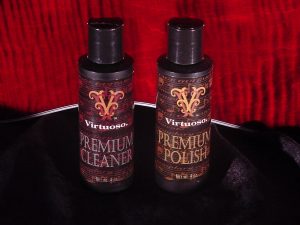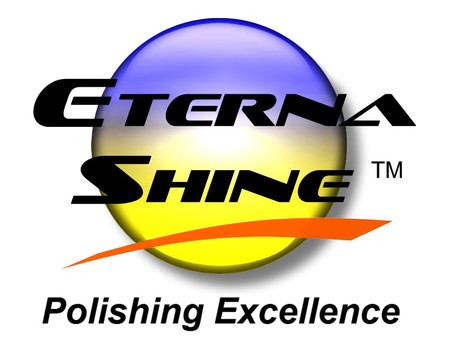Hey all,
I recently noticed that my PRS CE24 (with nitro finish) has some very notable scratches on the body below the bridge. No idea what may have caused them, but I’d like to try to buff them out. Based on a few posts I read here, I ordered some Virtuoso guitar cleaning products, including the cleaner, polish, and cleaning cloth. Given that I don’t want to screw this up, I was hoping I could get some tips to help me succeed here. I had a few questions:
-How much pressure should I use? I’ve read from different people that I should focus on light pressure, but others say heavy pressure.
-For those familiar with Virtuoso products, which should I use first: the polish or the cleaner? I read to try to use the lower grit one first, and I assume that’s the cleaner, to see if I can get the job done with just that.
-What risks are there at somehow making things worse by introducing swirling or other blemishes? Anything I should avoid?
Any other tips would be much appreciated! I’d also be curious to hear from @László if you had any sage wisdom to help me do this right
I recently noticed that my PRS CE24 (with nitro finish) has some very notable scratches on the body below the bridge. No idea what may have caused them, but I’d like to try to buff them out. Based on a few posts I read here, I ordered some Virtuoso guitar cleaning products, including the cleaner, polish, and cleaning cloth. Given that I don’t want to screw this up, I was hoping I could get some tips to help me succeed here. I had a few questions:
-How much pressure should I use? I’ve read from different people that I should focus on light pressure, but others say heavy pressure.
-For those familiar with Virtuoso products, which should I use first: the polish or the cleaner? I read to try to use the lower grit one first, and I assume that’s the cleaner, to see if I can get the job done with just that.
-What risks are there at somehow making things worse by introducing swirling or other blemishes? Anything I should avoid?
Any other tips would be much appreciated! I’d also be curious to hear from @László if you had any sage wisdom to help me do this right
Last edited:




